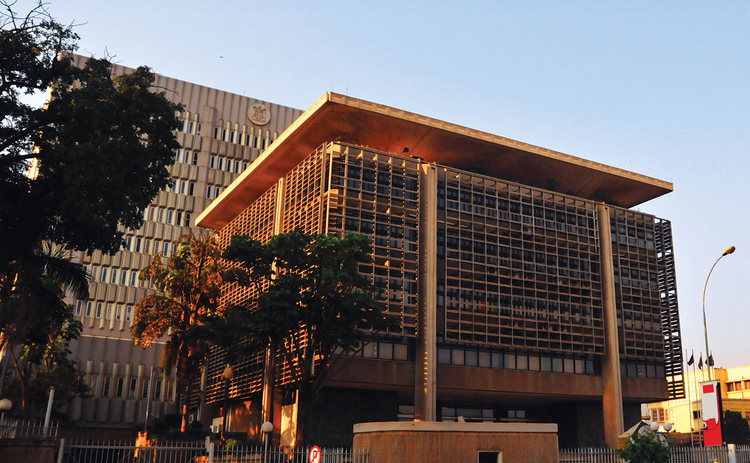The Bank of Uganda (BoU) held its benchmark interest rate at 10.25% on Tuesday, its monetary policy committee (MPC) said, to allow inflation to continue falling to the desired level.
Uganda’s interest rate, which rose from 10% in March to 10.25% in April is the highest in nearly seven years as the East African nation battles inflationary pressures and a weak shilling that has made imported goods expensive.
Michael Atingi-Ego said in a post-MPC briefing that the country’s inflation increased to 3.7% in May, up from 3.5% in April driven by a faster-paced jump in transport, healthcare, education, and fuel costs. However, the rate is still below the bank’s 5% target.
The decision by Uganda to hold interest rates follows hikes in March and April meant to tame the local currency’s free fall since the beginning of the year and bring down the stubborn inflation.
“Services inflation has climbed to 6.2% from 5.4%. Similarly, electricity, fuel, and utilities inflation have risen to 9.5% from 7.4%, reflecting recent increases in international energy prices and lagged effects of the shilling’s past depreciation,” Atingi-Ego said.
The Ugandan shilling has weakened by 4% against the dollar since the beginning of the year. The MPC in past meetings attributed the shocks to internal factors like the exit of foreign investors from the Ugandan market.
While inflation has seen Uganda’s interest rates surge, it remains the lowest in the East African region, averaging 3.6% in 12 months to May 2024. Neighbouring Kenya’s inflation rose to 5.1% in May, up from 5% in April.
“Uncertainties persist around the inflation outlook, including the potential impacts of an escalation in the ongoing geopolitical tensions in the Middle East, possible price hikes, unfavourable weather patterns affecting food supply and production capacity pressures,” Atingi-Ego said.
Atingi-Ego added that despite the current macroeconomic environment, the country’s economy is still within projected growth at 6% in the current financial year that ends in June.











